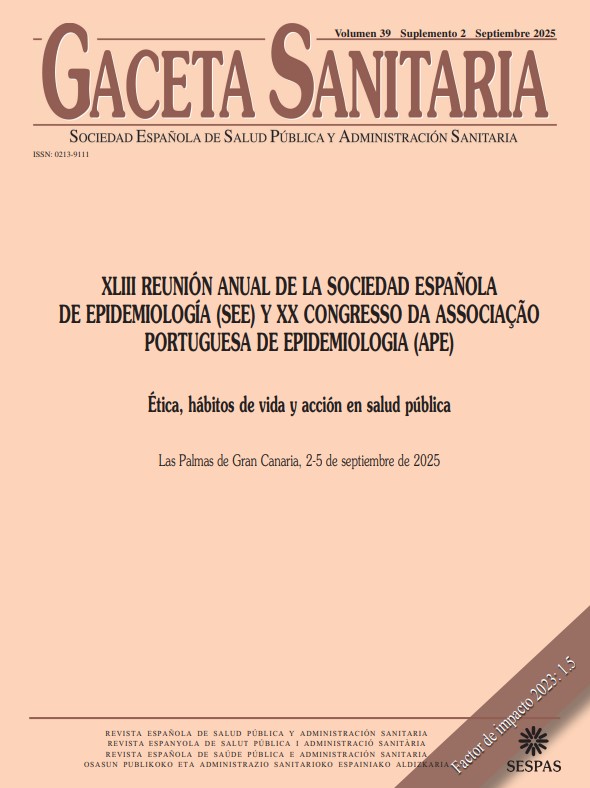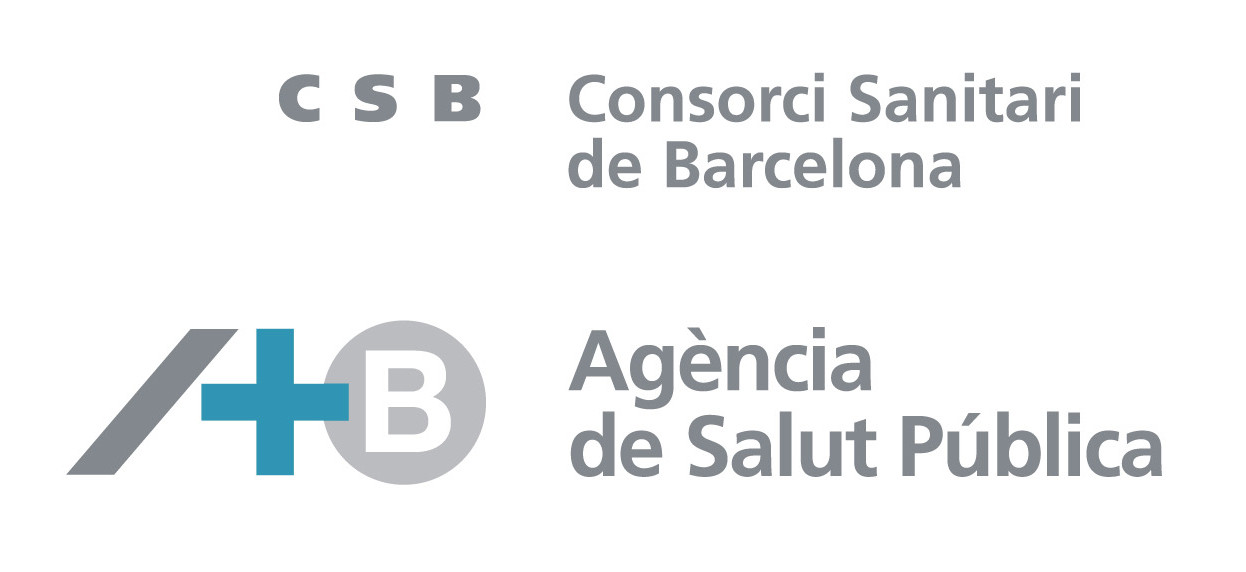171 - EFFECTIVENESS EVALUATION METHODOLOGY OF DRUGS (ANTICOAGULANTS) WITH CURRENT INFORMATION SYSTEMS
Farmacia Distrito AP Aljarafe SAS; Farmacia Distrito AP Sevilla SAS; Gestión y Evaluación SAS; F P A Gest Investigación FISEVI; A E Tec San and AETSA.
Background/Objectives: Oral anticoagulants (OACs) are first-line drugs for stroke prevention in patients with atrial fibrillation (AF). The introduction of new lines of therapy with direct oral anticoagulants has led to a decreased use of vitamin K antagonists. The objective of the study is to evaluate the comparative effectiveness and safety of acenocoumarol, warfarin, dabigatran, rivaroxaban, apixaban and edoxaban in patients diagnosed with AF under routine clinical practice (Real World Data, RWD).
Methods: This was an observational retrospective cohort study of regionwide population of all patients with AF, who were newly prescribed an OAC: acenocoumarol (reference treatment), warfarin, dabigatran, rivaroxaban, apixaban, or edoxaban. The patients were seen in consultations at any level of health care between January 2012 and December 2020. Data source: Public Health System of Andalusia. Cohorts were compared by matching patients based on their propensity scores to be treated with acenocoumarol versus each of the five OAC. This can be viewed as an attempt to emulate a randomized experiment (quasi-experimental study). The effectiveness outcomes were the first event or new diagnosis among the following list of events: transient ischaemic attack, systemic/pulmonary embolism, ischaemic stroke or all-cause mortality. Safety outcomes were the first new diagnosis of major bleeding leading to hospital admission (gastrointestinal or intracranial). The following independent variables were analysed: Type of OACs, sociodemographic data, contacts and use of health resources, medication use, comorbidities, scores/scales of tromboembolic and bleeding risk assessment.
Results: Quantitative variables were summarised. Survival analysis were performed using Kaplan-Meier curves and multivariate survival analysis performed using Cox regression to control for the effect of confounding variables. Determination of the risk of outcomes among 5 OAC versus acenocoumarol (reference) users was obtained. “Intention-to-treat analysis” was carried out by categorising each patient according to the first anticoagulant treatment they started taking in the study period (12 months previously “washout period”).
Conclusions/Recommendations: The study has enabled the analysis of a large sample of patients under real rather than ideal conditions. The methodology and knowledge gained can be extrapolated to studies involving other therapeutic groups and researchers. The study using RWD will make it possible to establish clinically relevant associations, and to consider patient stratification to improve treatment response.
Funding: FISEVI AP-0222-2019. ISC III PI20/01281.















